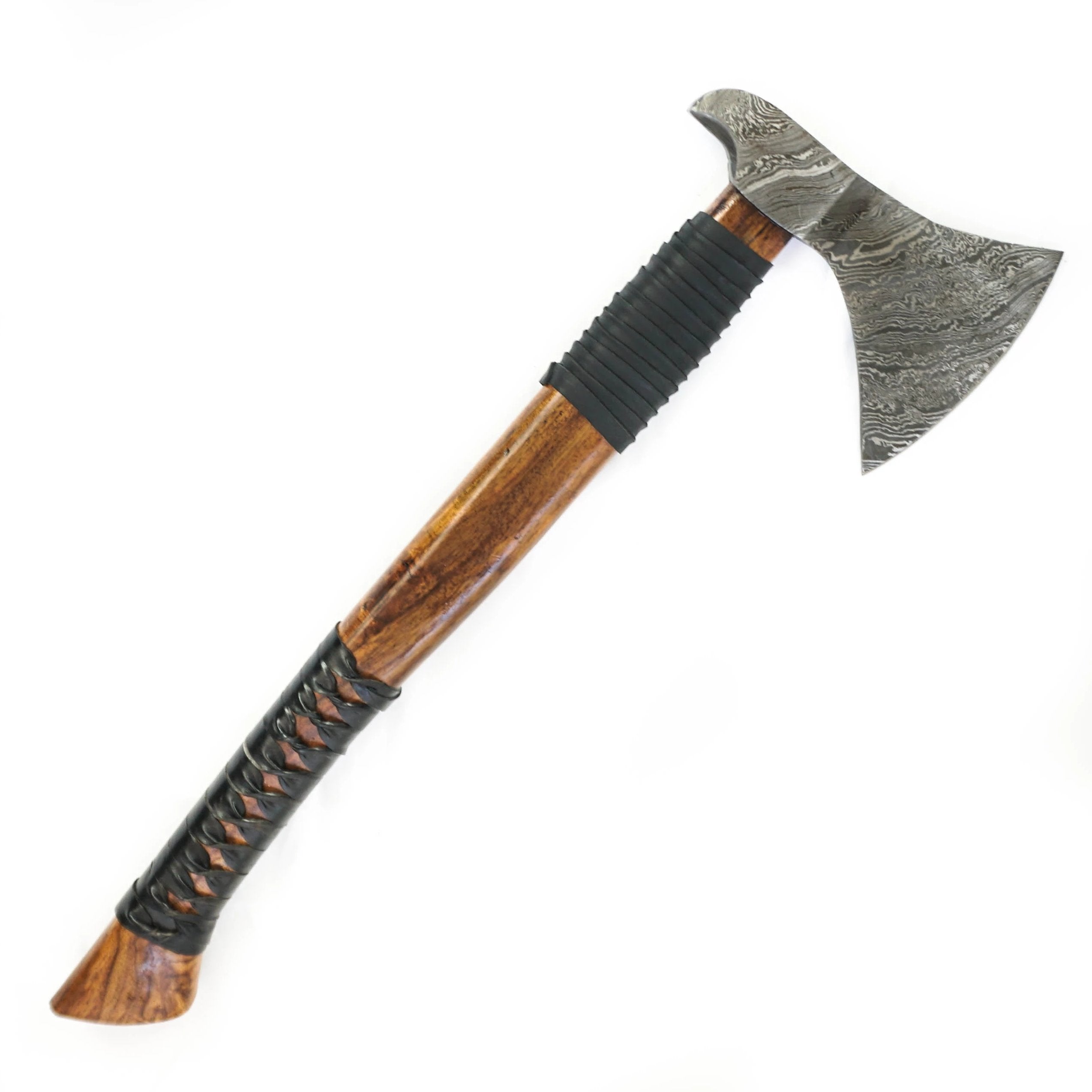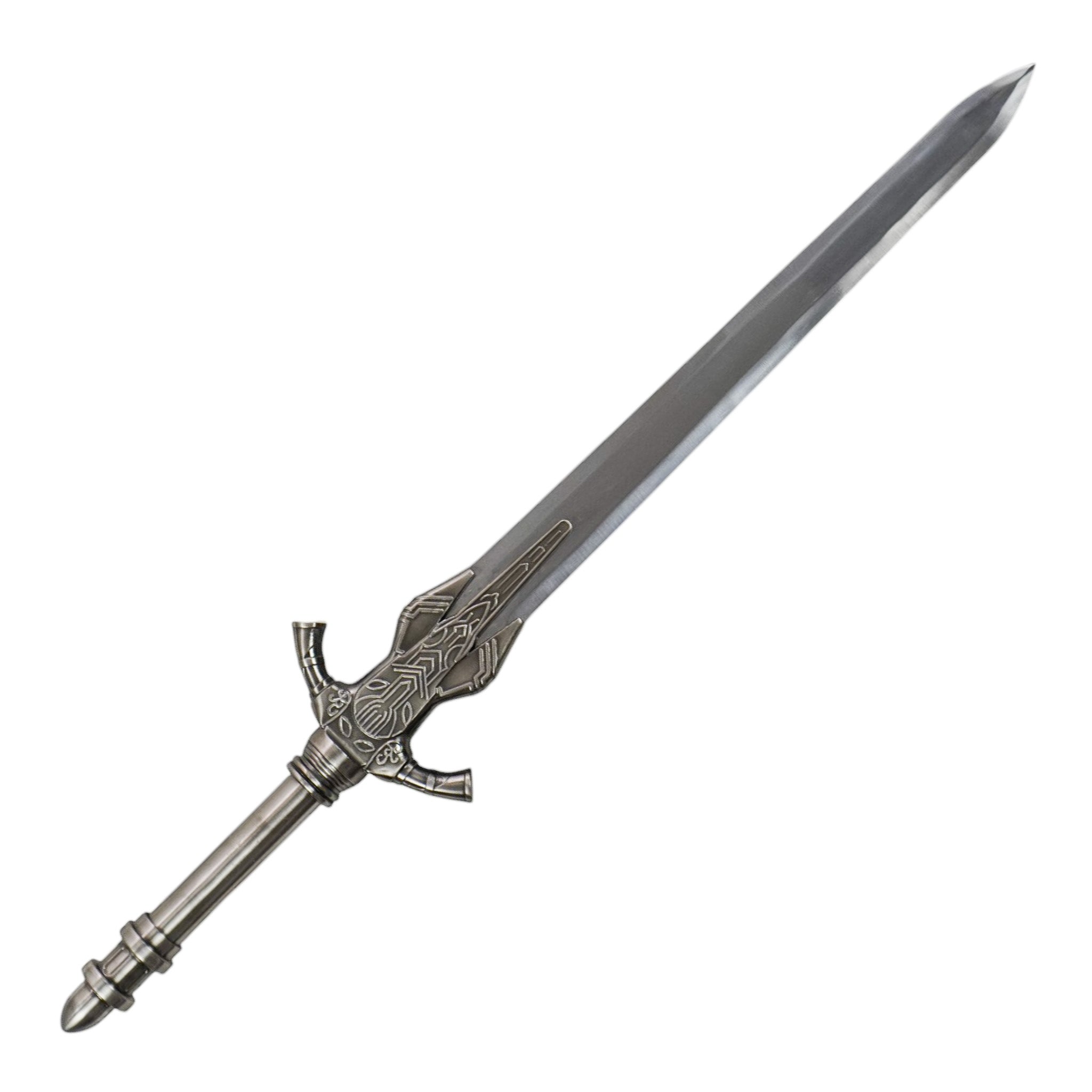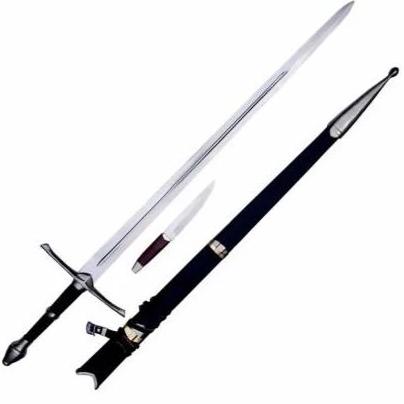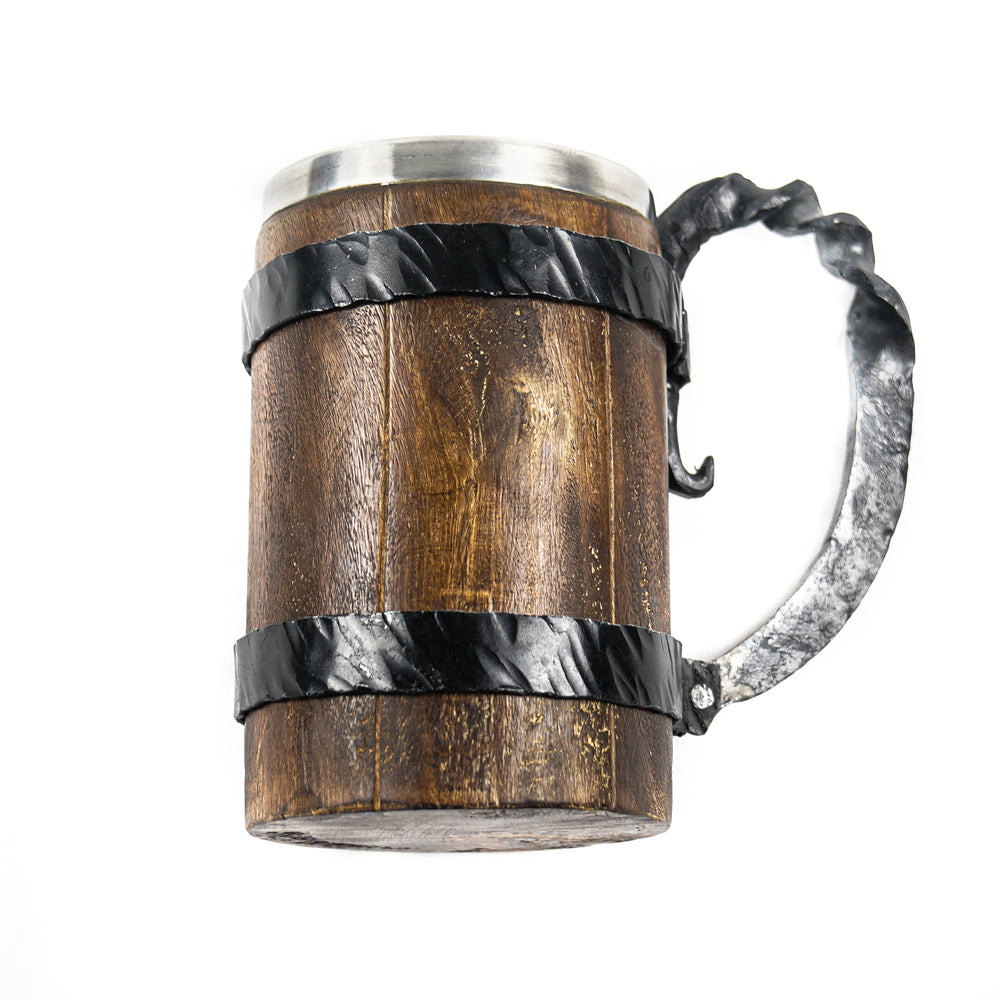Steak Knife Overview
The steak knife, a vital component at modern dining tables, is designed for efficiently cutting steak. It evolved from the simple cutting tools used in Medieval Europe, where a knife and hands were the only dining utensils. This tradition persists in some rural European areas, like the use of the Laguiole knife in France. In contrast, Asian and African cultures predominantly use knives in the kitchen, relying on hands, spoons, or chopsticks for dining. Specialized steak knives in America gained popularity post-World War II. Historically, all table knives were sharp but required constant maintenance. The modern steak knife combines historical sharpness with contemporary durability.
Blade Details
- Material: Crafted from Pattern welded Damascus steel, known for its intricate layering and strength.
- Construction: Comprises 11 pieces of steel, folded five times to create 352 layers, ensuring a balance of hardness and resilience.
- Hardness: Boasts a Rockwell hardness rating between 55 and 56 HRC.
- Steel Composition: Includes a blend of carbon steels (#43, #40) and high carbon 1095 steel, the latter offering exceptional edge retention and strength.
-
Layering Process:
- 1st Fold: 22 layers
- 2nd Fold: 44 layers
- 3rd Fold: 88 layers
- 4th Fold: 176 layers
- 5th Fold: 352 layers
- Handle: Features a durable black horn handle with a similar hardness rating (55-56 HRC).
- Sheath: Accompanied by a leather sheath for protection and storage.
Knife Specifications
- Overall Length: 9 inches.
- Rockwell Hardness: 55-56 HRC.
- Blade Material: High Carbon Damascus steel.
This steak knife, with its high carbon Damascus steel blade, is not only a practical tool for any modern dining setting but also a piece of culinary history, reflecting centuries of evolution in dining customs and cutlery craftsmanship.

















